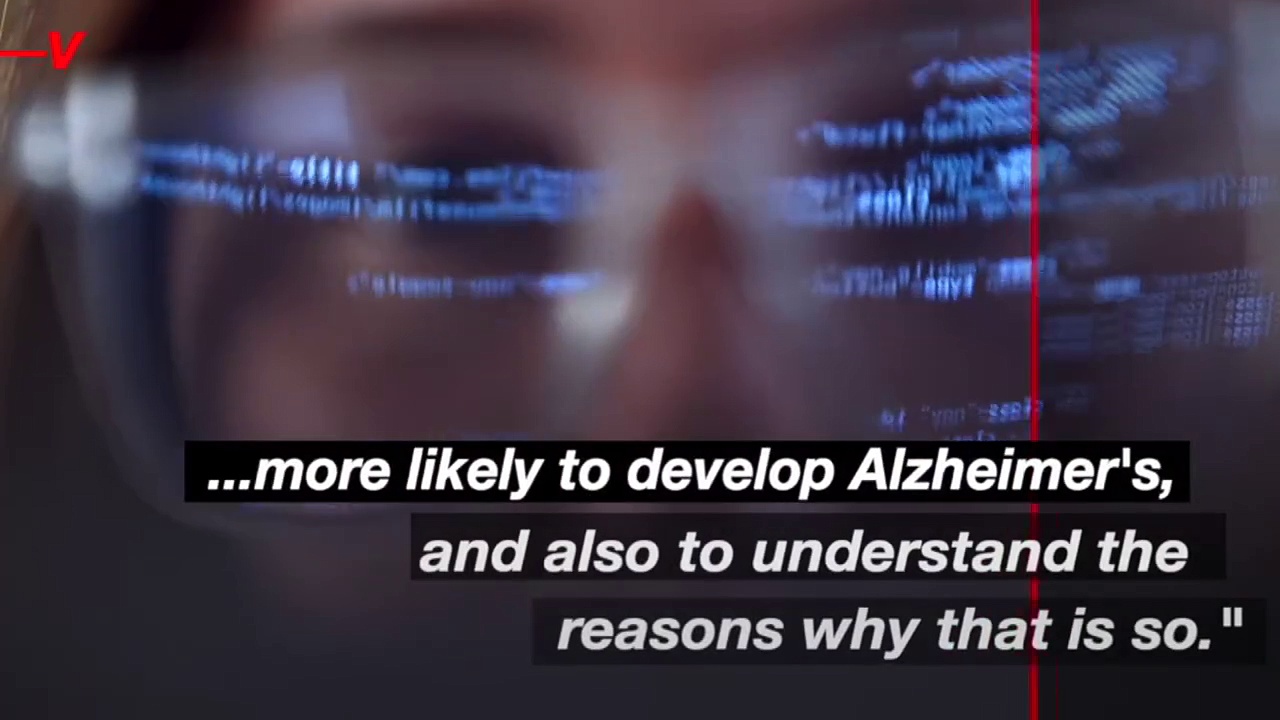Don't do anything with this until your competent? doctor has the nutritionist create protocol amounts for these, after testing your levels.
------------------------------------------------------------------------------------
Vitamin E toxicity is rare, but occasionally high doses cause a risk of bleeding, as well as muscle weakness, fatigue, nausea, and diarrhea. The greatest risk from vitamin E toxicity is bleeding.
-------------------------------------------------------------------------------------
What are the side effects of too much lutein?
Serious
eye symptoms such as sudden vision loss, blurred vision, tunnel vision,
eye pain or swelling, or seeing halos around lights; Serious heart
symptoms include fast, irregular, or pounding heartbeats; fluttering in
the chest; shortness of breath; sudden dizziness, lightheartedness, or
passing out.
-------------------------------------------------------------------------------------
Luckily for those taking a zeaxanthin-based eye vitamin, there are no known toxic side effects of taking too much zeaxanthin. People with healthier vision may not need to take higher amounts of this nutrient vs. people with poor eye health
-------------------------------------------------------------------------------------
Lycopene is considered safe and there are no established upper limits recommended for its consumption. However, some cases of extremely high lycopene intake have led to slight skin discoloration.
-------------------------------------------------------------------------------------
What does overuse of retinol look like?
Incorrect retinol usage can cause drying, flaking, shedding, redness, and irritation of the skin as well as exacerbated acne. Retinol will also increase skin sensitivity to UV rays
People with Alzheimer’s disease tend to be deficient in these 5 nutrients that ‘help keep brains in top condition at all ages,’ researchers say
Levels of five micronutrients are “strikingly lower” in the brains of those who have Alzheimer’s disease than in the brains of those who don’t.
That’s according to new research published in the Journal of Alzheimer’s Disease by Virginia Tech Carilion School of Medicine professor C. Kathleen Dorey and a team of researchers.
Scientists analyzed the brains of 31 donors, the average age of which was 75 years. Most, but not all, had died with Alzheimer’s disease. Compared to unaffected brains, they found that brains of those with the disease had around half the level of the following micronutrients—vitamins and minerals critical to the body’s function, but needed only in small amounts:
• Lycopene: An antioxidant that could help protect cells from damage, lycopene gives some fruits and vegetables—like tomatoes, watermelon, red oranges, pink grapefruits, apricots, and guavas—their red hue.
• Retinol: A form of Vitamin A that helps the immune system work properly, retinol helps you see in dim lighting and keeps skin healthy. It’s found in foods like cheese, eggs, oily fish, milk, yogurt, and liver. The body can convert beta-carotene into retinol, so indirect sources include yellow, red, and green leafy vegetables like spinach, carrots, sweet potatoes, and red peppers, as well as yellow fruits like mangos, papaya, and apricots.
• Lutein: Often referred to as the “eye vitamin,” lutein is thought to protect eye tissue from sun damage. You can find it in foods like egg yolks, spinach, kale, corn, orange peppers, kiwis, grapes, zucchinis, and squash.
• Zeaxanthin: An antioxidant, zeaxanthin is known to protect eye tissues from the sun. It’s found in eggs, oranges, grapes, corn, goji berries, mango, and orange peppers.
• Vitamin E: Also an antioxidant, Vitamin E keeps free radicals in check, improves immune function, and can prevent clots from forming in the arteries of the heart. It can be found in plant-based oils, nuts, seeds, fruits, and vegetables like sunflower oil, soybean oil, almonds, peanuts, spinach, pumpkin, red bell peppers, asparagus, mangoes, and avocados.
All five micronutrients are antioxidants, substances that may prevent or delay some cell damage. Lycopene, lutein, and zeaxanthin are also carotenoids, nutrient-rich pigments found in fruits and vegetables. Other large studies have found that the risk of developing Alzheimer’s disease was “significantly lower” in those who ate diets rich in carotenoids, or who had high levels of lutein and zeaxanthin in their blood or retina, according to Dorey.
“This study, for the first time, demonstrates deficits in important dietary antioxidants in Alzheimer’s brains,” Dorey said in a news release about the study.
“We believe eating carotenoid-rich diets will help keep brains in top condition at all ages,” she added.
The results should come as no surprise. Multiple studies have found that those who follow the MIND (Mediterranean/Dietary Approaches to Stop Hypertension Diet Intervention for Neurodegenerative Delay) diet—which emphasizes the consumption of antioxidant-rich fruits, vegetables, legumes, nuts, and fish, with very little meat, dairy, and sweets—had a lower risk of developing Alzheimer’s disease, better cognitive function prior to death, and fewer signs of Alzheimer’s disease in those who did develop the condition.
How antioxidants play a role in Alzheimer's disease
Scientists aren’t fully sure what causes the cell death and tissue loss that occurs in the brains of Alzheimer’s disease patients. But they believe it involves the buildup of amyloid plaques and “tau tangles”—both types of protein clumps—as the brain loses its ability to properly rid itself of such debris.
But multiple factors play into the disease process, Dorey and colleagues write. Other processes that potentially contribute include mitochondrial dysfunction, inflammation, and oxidative damage. Because antioxidants reduce such damage, a deficiency can make the brain more frail and thinking more challenging, and contribute to the development of Alzheimer’s disease, they assert.
Signs of Alzheimer’s disease
Those who are concerned they or a loved one might have Alzheimer’s or another form of dementia should talk to their doctor, who may recommend they see another specialist, like a neuropsychologist or a neurologist.
Warning signs of the condition, according to the AARP, include:
• Difficulty performing daily tasks like keeping track of bills and following a recipe while cooking
• Repetition, such as asking the same question over and over and telling the same story multiple times
• Struggling to find the right word
• Getting lost
• Personality changes, such as becoming more anxious, confused, afraid, or paranoid
• Confusion about time and place, especially if someone can’t remember where they are or how they got there
• Misplacing items in unusual areas
• Trouble with hygiene
• Trouble with handling money
• Sudden loss of things one is usually interested in, including family, friends, work, and social events
• Forgetting old memories
This story was originally featured on Fortune.com


 Dailymotion
Dailymotion
 Money Talks News
Money Talks News
 CityNews
CityNews
No comments:
Post a Comment